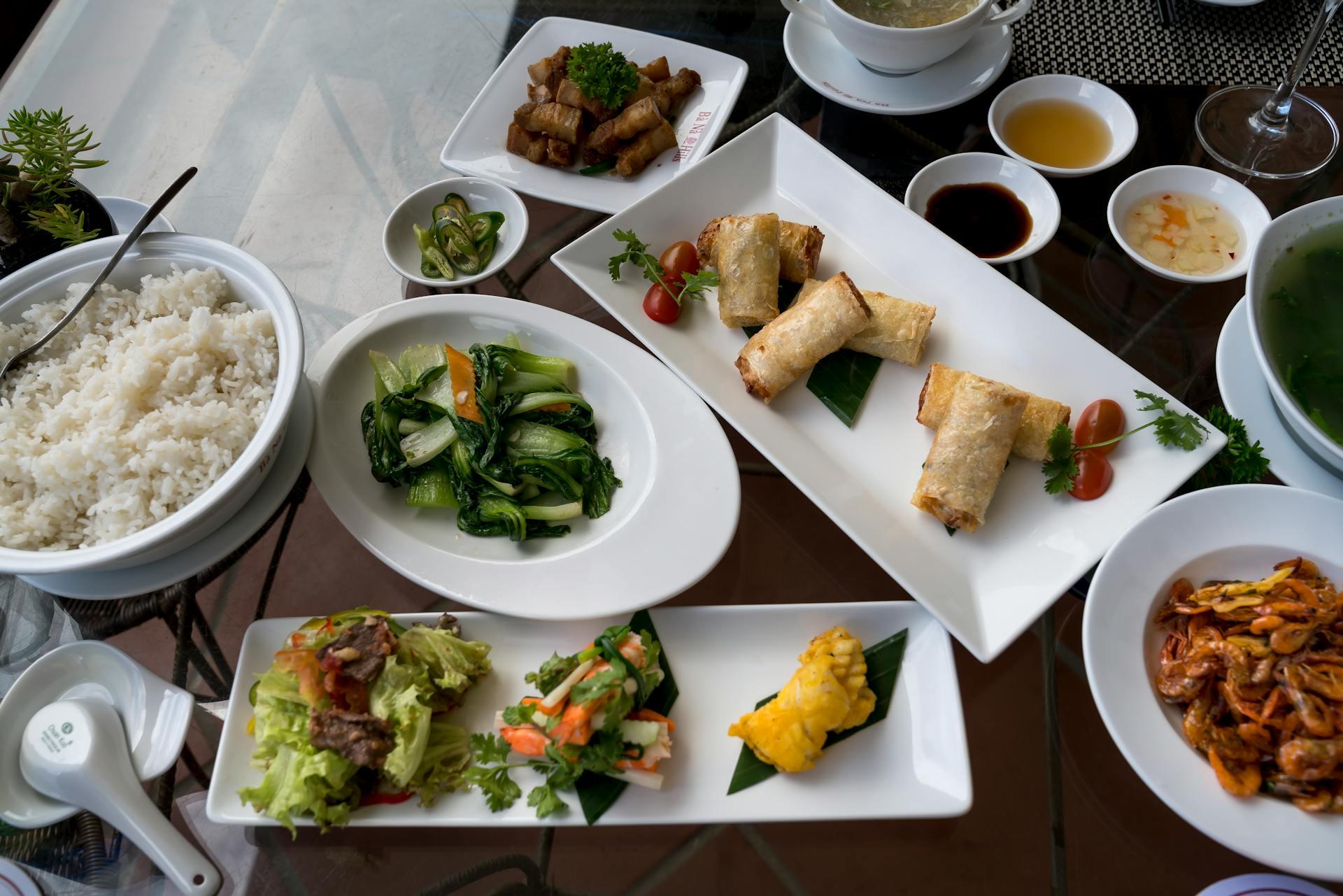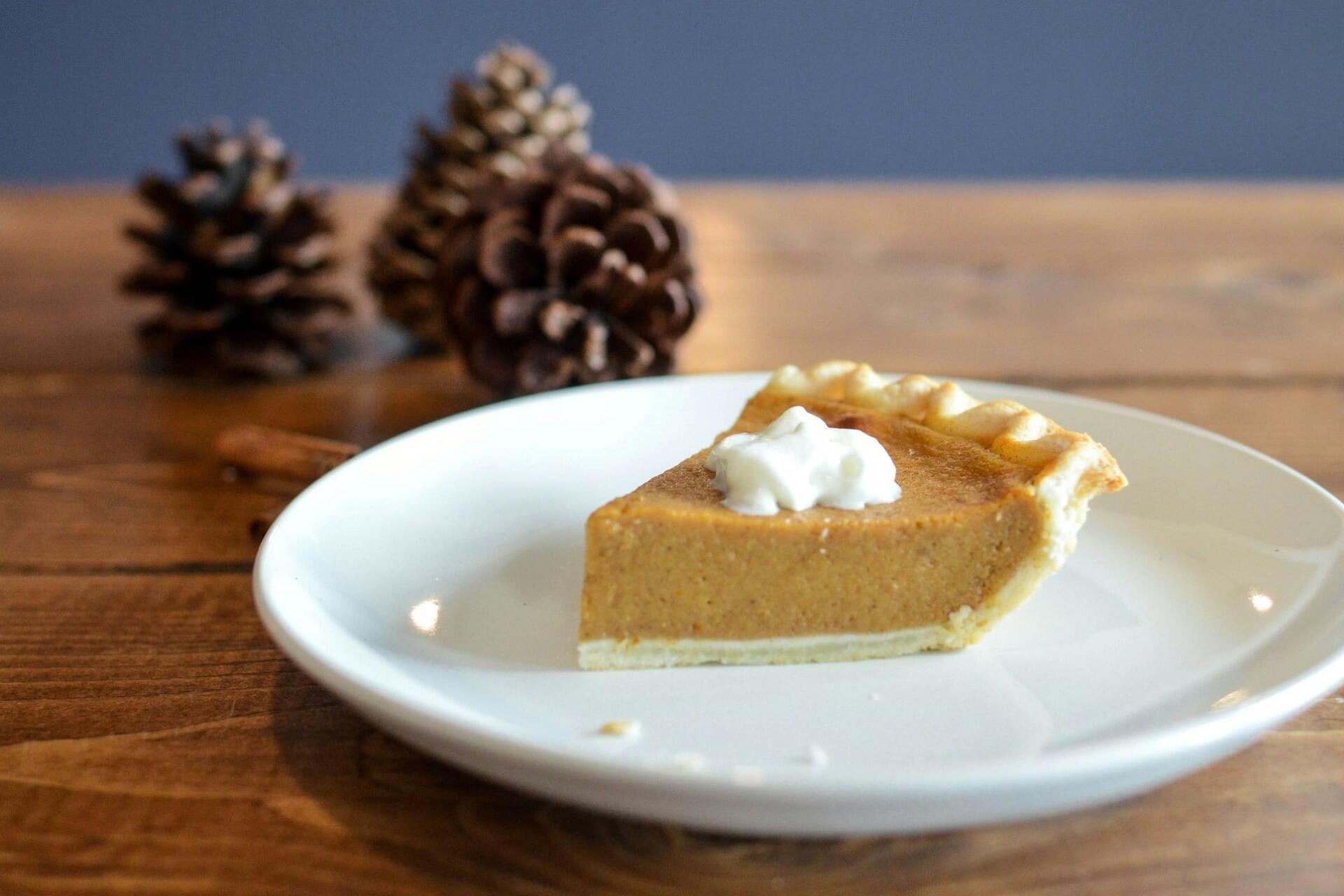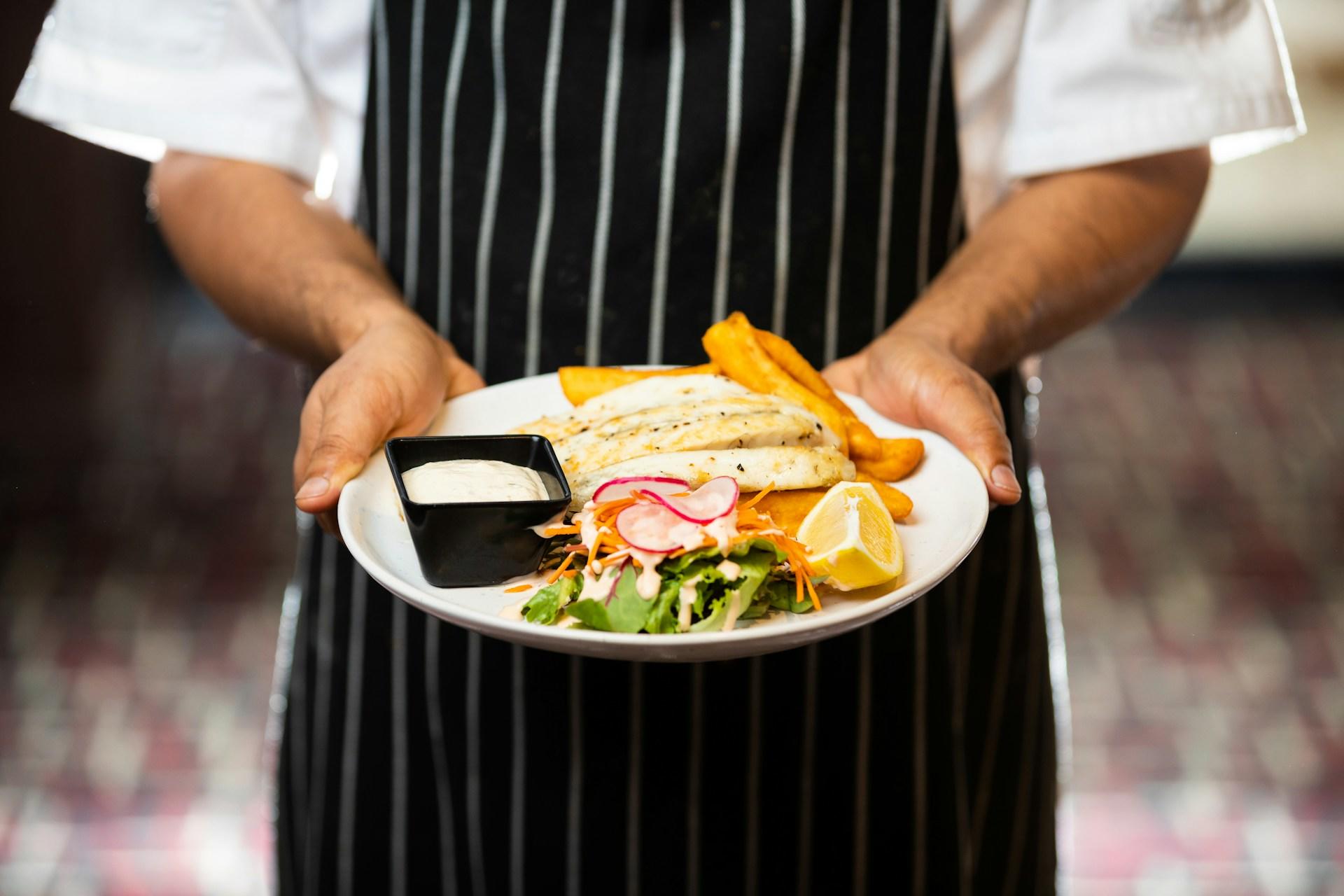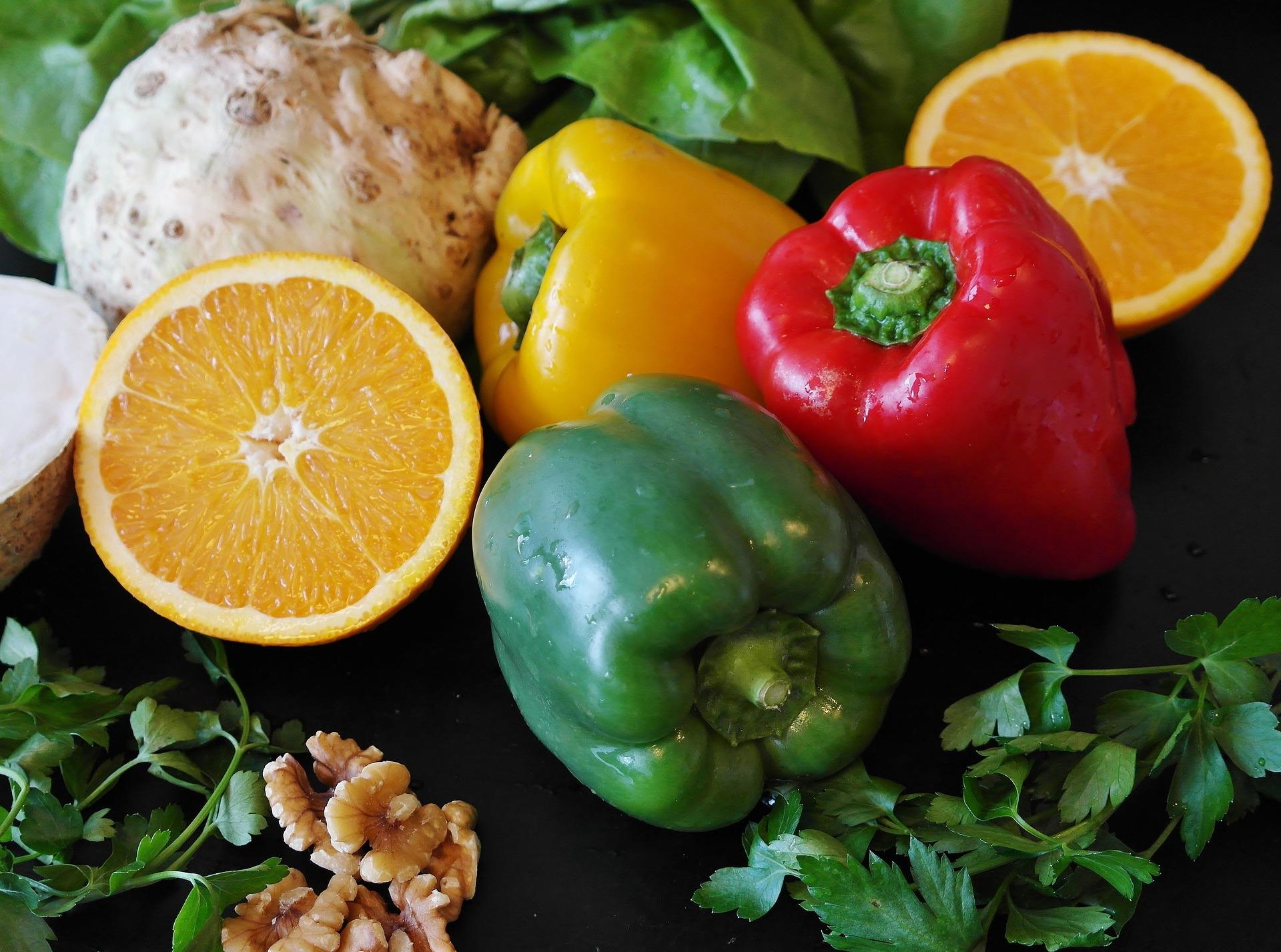Chinese food is famous worldwide. This is because of its lively culinary traditions. They have varied cooking methods and rich flavor.
Understanding Chinese cooking opens the door to delicious food. It offers Cantonese cuisine's delicate flavors and Sichuan's fiery spices. This article delves into the heart of Chinese cooking.
It examines key methods and regional specialties. It also covers the tools any budding chef should have. Come along as we share the methods for making tasty, real Chinese food in your kitchen. It's for all experience levels.
Chinese cuisine has a rich cultural heritage. It has diverse cooking methods, from delicate Cantonese flavors to spicy Sichuan dishes. Boiling ingredients makes soups tasty. Frying them in hot oil makes them crispy. Each technique boosts the taste of Chinese foods.
With Superprof's guidance, learning these skills can raise your cooking skills. You can then impress friends and family.
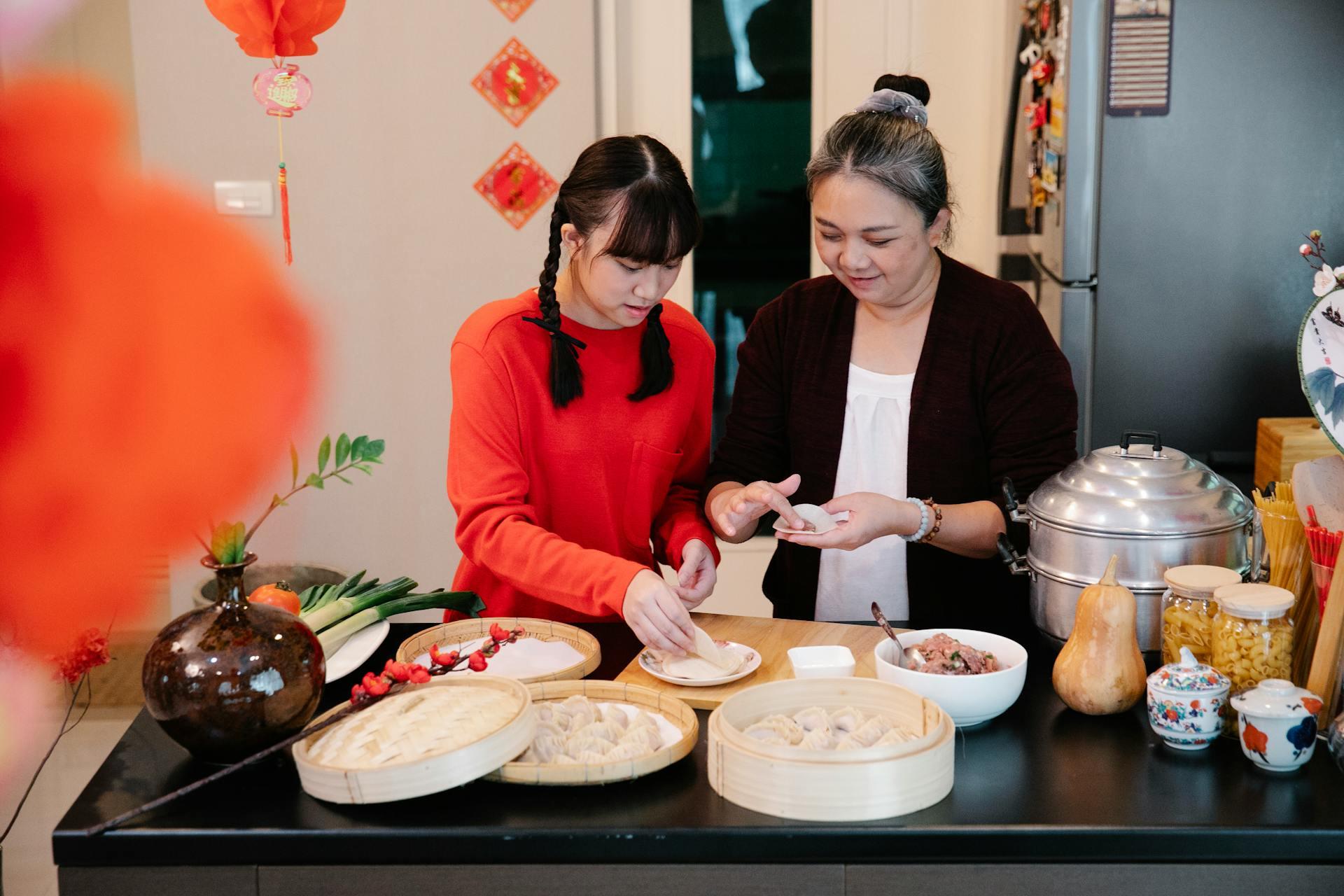

In Chinese cooking, what techniques do chefs use?
Chinese cuisine has many cooking methods. They give foods deep flavors and textures.
Each cooking technique adds a distinct flavor to food. This happens whether stir-frying over high heat or braising over low heat. Chinese cooking uses many procedures. These include steaming, deep-frying, stir-frying, roasting, boiling, and braising.
For example, boiling is a standard method for making soups and broths. It gives them rich and nuanced flavors. In contrast, stir-frying involves heating ingredients to a high temperature in a wok. It creates dishes that cook quickly and burst with flavor and color.
We provided a thorough guide to mastering Chinese techniques. It teaches how to make authentic Chinese dishes at home and is for those eager to learn about the nuances of Chinese cooking.
Discovering the nuances of Chinese cooking methods will expand their cooking skills, regardless of their experience level.
What are the five styles of Chinese cooking?
- Sichuan: Flavor and Fire The food. Sichuan is a region in southwest China. Its strong and spicy flavors are well-known. Dishes like Mapo Tofu use lots of Sichuan peppercorns and chili peppers. They have a deep flavor and a numbing sensation, truly unforgettable.
- Shandong: Shandong has strong customs. It is in the east of China. The province has a reputation for its hearty flavor and fresh ingredients. Shandong cuisine's flavors and textures are impressive. They blend well and range from tasty braised meats to delicate seafood dishes.
- Cantonese: Cantonese food comes from the province of Guangdong in the south. It is delicious due to its subtle flavors and careful preparation. Savor delicious roasted meat and elegant dim sums.
- Huaiyang: Elevated Elegance. Huaiyang's cuisine is in the eastern province of Jiangsu. Its tasteful and sophisticated preparation is well-known. Huaiyang dishes represent Chinese dining artistry. They have light, delicate flavors, and precise knifework.
- Northeast: People know the Northeast for its delicious food. The hearty dishes are from northeastern Chinese provinces. They come from many farms and cold climates. They are very satisfying. These dishes are the best comfort foods in the Northeast. They have savory dumplings and hearty stews.
If this part makes you curious, you can check out our blog about traditional Chinese foods.
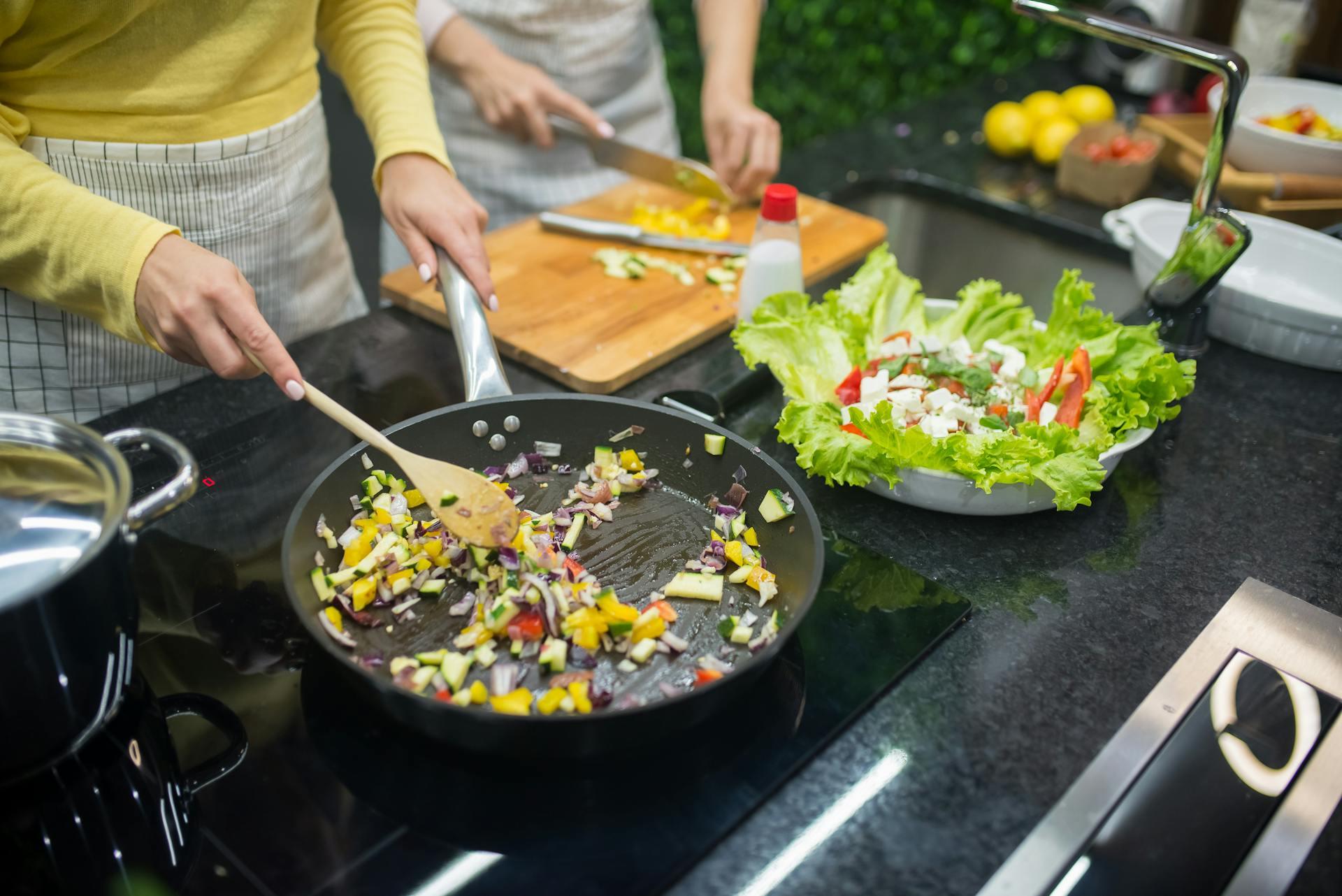
What equipment do people in China use for cooking?
Chefs use different kitchen tools depending on the type of Chinese food. For example, if you are exploring Sichuan cuisine, you will need a mortar and pestle. You need it to grind the spices and a sturdy wok to stir-fry. Cleavers and bamboo steamers are essential kitchen tools for Cantonese cooking. They allow precise meat cutting and the delicate preparation of dim sum.
Regardless of style, to become a pro-Chinese chef, you must have a few specific tools. It has a Chinese-style strainer for removing food from hot oil or water. It also has a mortar and pestle for crushing spices and herbs. It has a fine mesh strainer for smooth sauces and broths. The cleaver chops and slices. The bamboo steamer steams gently and evenly. The spider skimmer fries. Lastly, it is an excellent wok for multipurpose cooking.
Our detailed guide to Chinese cooking equipment covers all these basics. It includes suggestions for the best kitchen tools and insights into their uses. Proper tools are key to learning Chinese cooking. This is true at any experience level. Please read our article to understand what you need to know to take your Chinese cuisine to the next level.

What makes Chinese cuisine unique?
Chinese food has a rich cultural legacy that spans centuries. It enthralls with a harmonious fusion of bites, textures, and methods. It is distinct because it blends different flavors well. It has many local styles and deft chefs.
Chinese cuisine seeks a harmonious balance. Every dish balances sweet, sour, salty, bitter, and umami flavors. Cantonese cuisine has delicate nuances. Sichuan's has fiery spices. Regional diversity adds depth to food.
Chinese cooking methods elevate cooking artistry because they are traditionally rooted. Chefs display unmatched skills, which they developed over years of practice. These skills range from exact knife skills to mastery of wok tossing.
With Superprof's Chinese cooking instructions, you can discover the nuances of Chinese cooking. You can learn the secrets of traditional Chinese cuisine. And, you can improve your cooking by studying skilled chefs.
Exploring Chinese cooking reveals a blend of flavors, techniques, and regional specialties. Tools like woks, mortars, and pestles are essential for authentic Chinese dishes. People use them to make food. Food from Sichuan is fiery, and Shandong's is hearty. People love Chinese cuisine. It balances sweet, sour, salty, bitter, and umami flavors.

What are the most famous Chinese desserts?
Chinese desserts are decadent in tradition and cultural significance. They provide a delightful end to meals. These tasty treats have changed for centuries. Dynasties, areas, and customs shaped them, creating many flavors and textures.
Some of the most famous Chinese desserts come from centuries-old recipes. Generations have handed down these recipes. They have left a mark on Chinese culinary history. You can find them in busy street markets or royal courts.
Tangyuan is a type of dessert that represents harmony and unity. It consists of small, delicate, sticky rice balls filled with sweet red beans or sesame paste. During the Lantern Festival, people serve these chewy spheres. They are delicious and comfortable.
Mooncakes are another well-known Chinese treat. They are round pastries stuffed with red bean or sweet lotus seed paste. They frequently have salted egg yolks inside to symbolize a full moon. Mooncakes, connected to the Mid-Autumn Festival, inspire sentiments of thankfulness and reunion.
Then, Douhua is a smooth tofu pudding with nuts, fruit, or syrup. This creamy dessert dates back to the Tang Dynasty and is soft and creamy. People like it for its slight sweetness and delicate texture.
We have a blog for readers who love Chinese desserts. It provides a long overview of these treats. It explores their backgrounds, parts, and cultural relevance. Chinese desserts provide a journey through centuries of culinary tradition. They please a craving for tradition or a sweet tooth.
What are the easiest Chinese Recipes?
Simplifying Chinese cuisine does not necessarily mean sacrificing flavor. The tastiest Chinese recipes are simple to make. They only need a few key ingredients and little time.
These dishes provide a taste of real Chinese food. They do so without all the hassle. They are for first-time cooks or busy people.
Egg-fried rice is a classic Chinese comfort food. It is made with leftover rice, eggs, and basic spices. It is easy to make and can be customized in numerous ways. It is great for weeknight dinners or leisure weekends.
Stir-fried Vegetables are another simple and nutrient-rich choice. They only require a short cooking time to bring out their vivid hues and crunchy textures. Toss your favorite veggies in a hot wok with a little soy sauce and sesame oil for a quick, filling side dish.
Try Beef with Broccoli to fill the main course. It is a simple stir-fry. It has crispy broccoli and soft beef strips in a tasty sauce. It's great for busy weeknights. It needs a little prep and a few ingredients.
We have several easy Chinese recipes waiting for you. You can try them at home to improve your cooking. These dishes satisfy your craving for real Chinese food. They have tasty stir-fries and hearty noodle soups.
Unveiling the art of Chinese cooking means understanding its key techniques. You also need to know its regional styles and essential tools. Sichuan has spicy dishes. Shandong has fresh flavors. Each region offers a different culinary experience. Strainers, mortars, and pestles are essential tools. They help make authentic Chinese flavors. Traditional desserts provide a sweet end to any meal.
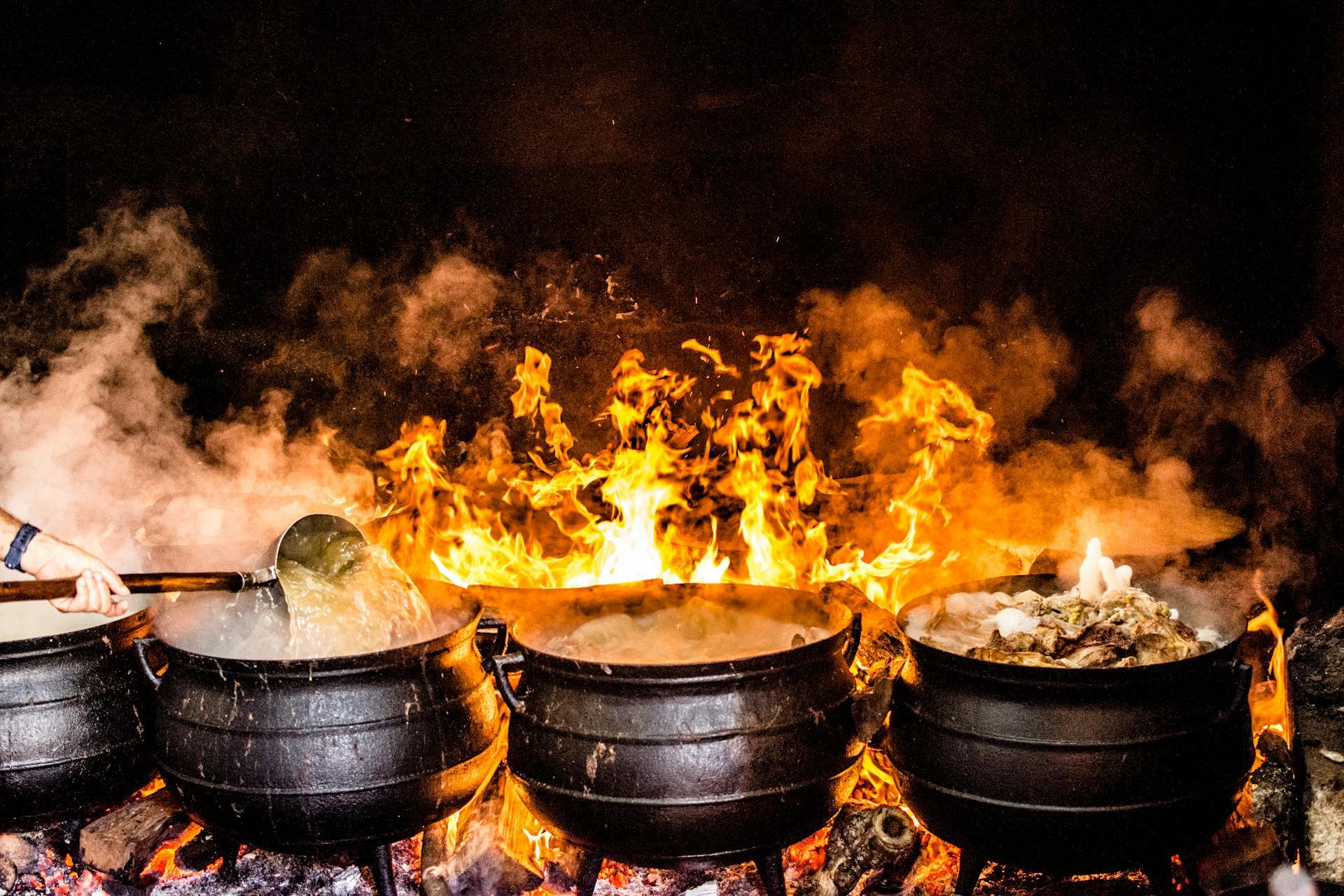
Final Notes on Our Culinary Adventure
In this food journey, we explored the heart of Chinese cuisine. We found its many methods. It has regional styles, needed tools, signature desserts, and easy recipes. Many flavors and traditions of Chinese cuisine are waiting for discovery. They range from Sichuan's fiery flavors to Cantonese cuisine's delicate tastes.
Are you a beginner looking to learn the basics?
Are you an experienced chef looking to improve?
Superprof Chinese cooking tutoring provides personalized instruction to help you master Chinese cooking and start your culinary adventure. Experienced chefs will teach you the methods and recipes for Chinese food and discuss its unique cultural quirks.
Chinese food caters to all tastes and cooking skills. You might crave the bold flavors of Sichuan stir-fry or the cozy simplicity of egg-fried rice. So, get in the kitchen and sharpen your knives. You will discover wonders about Chinese cooking. You can become an expert with commitment practice and a bit of culinary ingenuity. You'll make real Chinese food. It will wow your guests and satisfy you.

